From ancient stately homes to sleek art deco mansions, over the years Homes & Antiques has been afforded incredible access to some of the UK’s most inspiring historic houses currently open to the public.
Although the original owners are now long gone, these important buildings remain home to unique collections of furniture, art and artefacts – often accumulated across many generations – which offer a fascinating window into the past.
The way we choose to decorate our homes says much about who we are and how we hope to be seen by others. Here, we revisit five extraordinary houses that are not only wonderful examples of interiors from their time, they are also emphatic expressions of each owner’s personality and unique aesthetic.
1
A LA RONDE
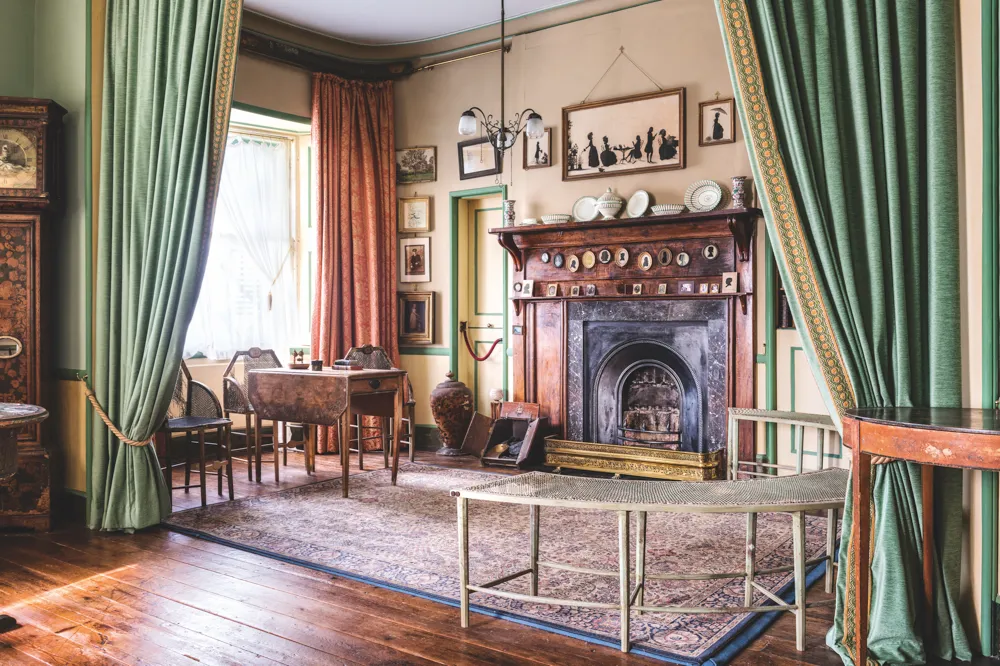
The extraordinary product of two extraordinary imaginations, A La Ronde, with its whimsical 16-sided design, is a Regency gem that is hard to categorise architecturally. The house was built in the 1790s by Jane and Mary Parminter, two independently wealthy cousins who, having embarked on a decade-long Grand Tour of Europe, decided to settle in Exmouth, Devon, on their return. There is very little documentary record of where the ladies went, what they did or who they met on their travels, but one thing is certain: they returned laden with souvenirs and teeming with plans.
01395 265514; nationaltrust.org.uk/a-la-ronde
2
SIR JOHN SOANE'S MUSEUM
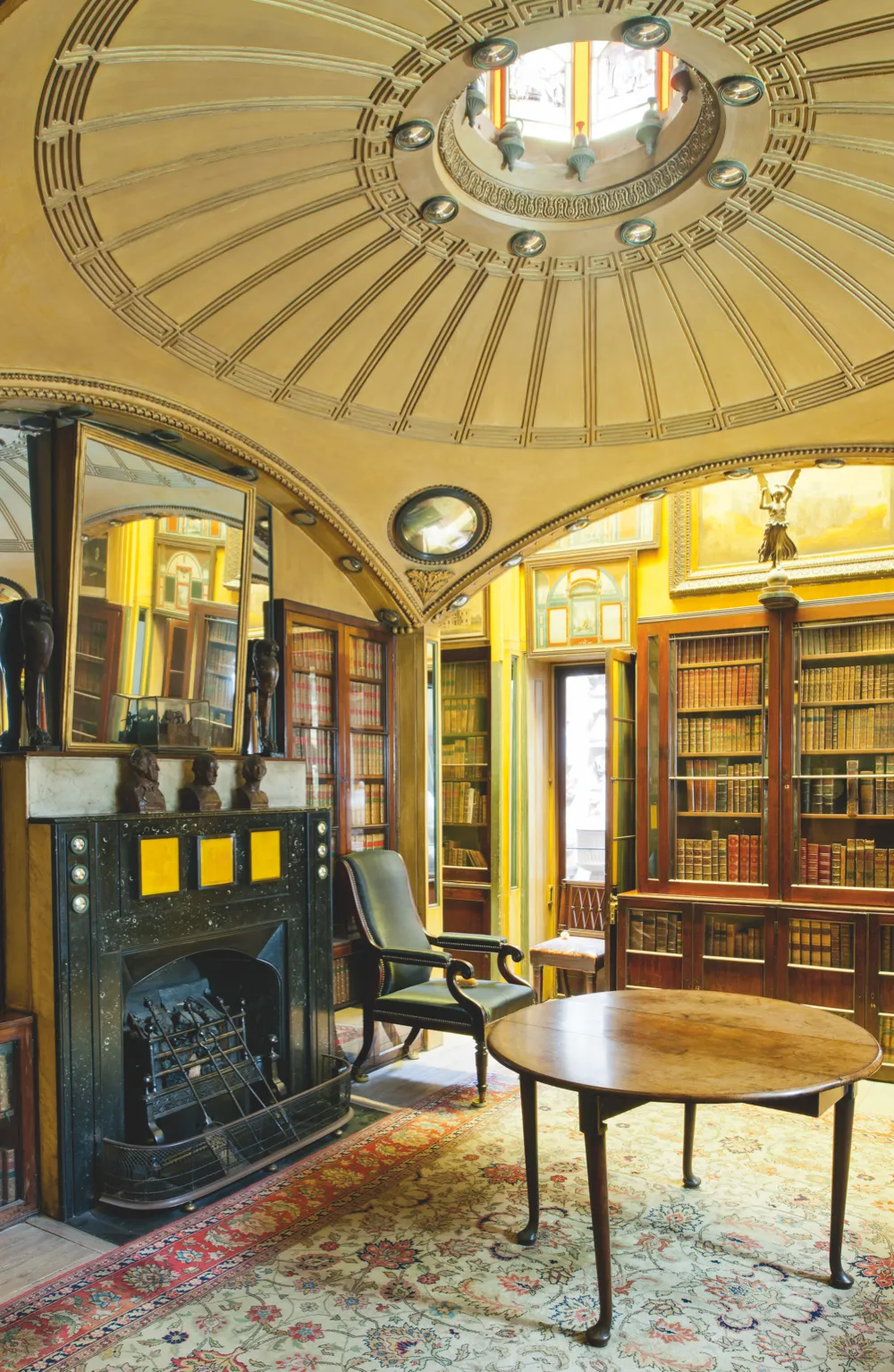
The architect Sir John Soane moved into number 12 Lincoln’s Inn Fields in Holborn in 1792, and over the next 32 years he bought numbers 13 and 14 as well. All three were gradually demolished and rebuilt, inside and out. Soane used his home as an architectural laboratory,
a place in which to experiment with new ideas, techniques and technology, such as installing a bath with hot water – remarkable for the period.
020 7405 2107; soane.org
3
CHARLESTON
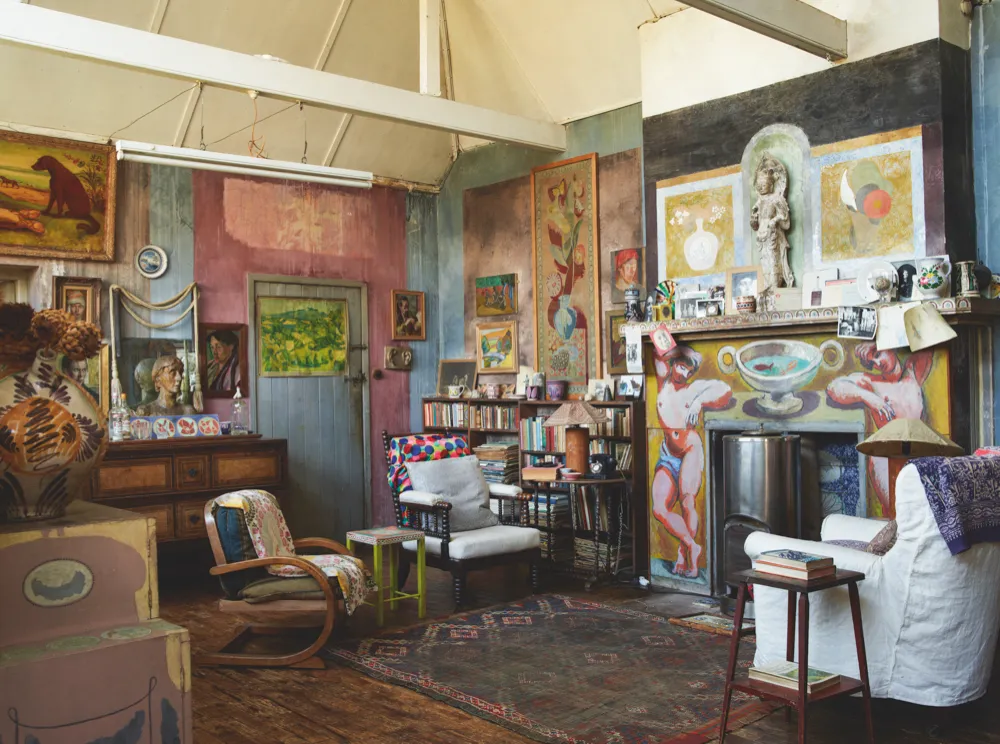
From 1916 until 1978, Charleston in Sussex was the home of artists Vanessa Bell and Duncan Grant and their unconventional family, which included their daughter Angelica, Duncan’s lover David Garnett, and Vanessa’s two young sons Julian and Quentin from her marriage to Clive Bell.
As key members of the Bloomsbury Group, their house became the epicentre of the movement and was frequented by artists, writers and intellectuals such as Leonard and Virginia Woolf, Roger Fry and EM Forster.
01323 811626; charleston.org.uk
4
HAUTEVILLE HOUSE
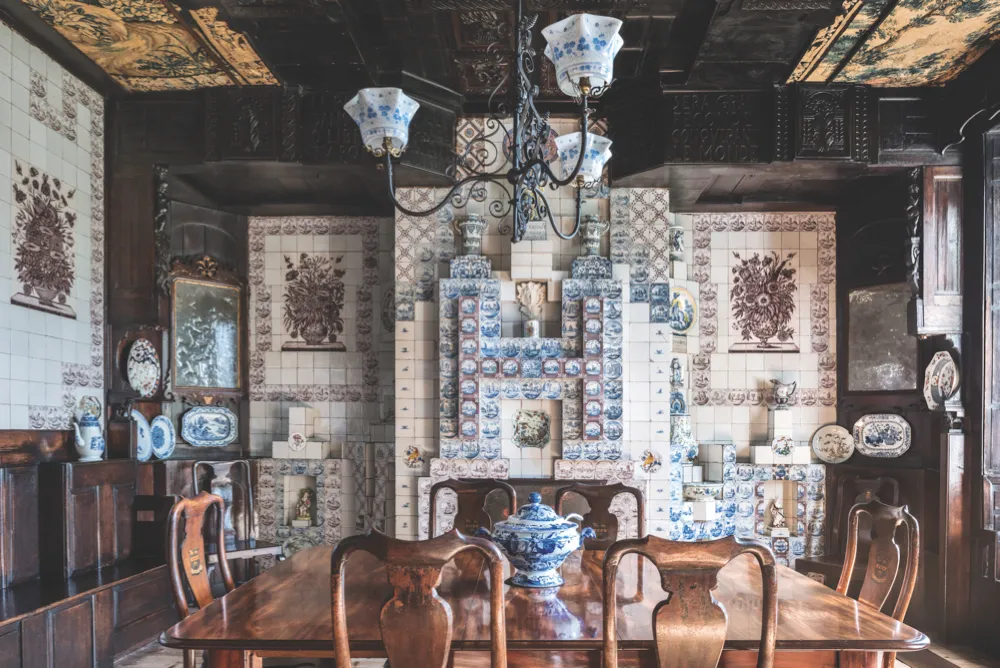
As a vociferous republican, Victor Hugo was forced to leave France in 1855, having fallen foul of Napoleon III and his Second Empire.
The author sought political asylum on Guernsey and bought Hauteville House soon after he arrived on the island. Hauteville was the only home he ever owned and he lived there for 14 years, during which time he wrote some of his greatest works, including Les Misérables.
5
DENNIS SEVERS' HOUSE
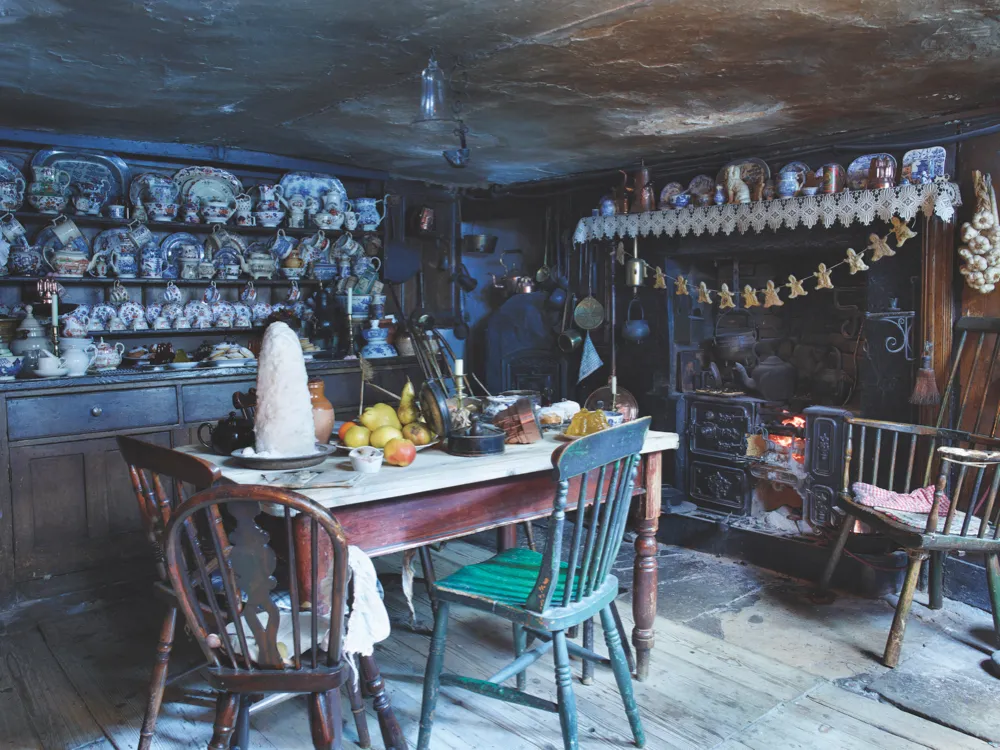
18 Folgate Street in London’s Spitalfields was once home to Dennis Severs, an eccentric Californian who bought the building in the 1970s when it was under threat from developers and, making few concessions to modernity, he lived here with only candles and gas lights, and little in the way of plumbing.
020 7247 4013; dennissevershouse.co.uk